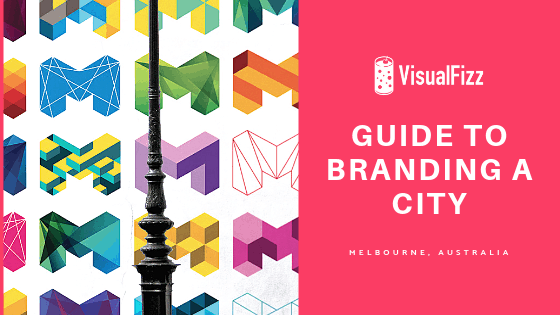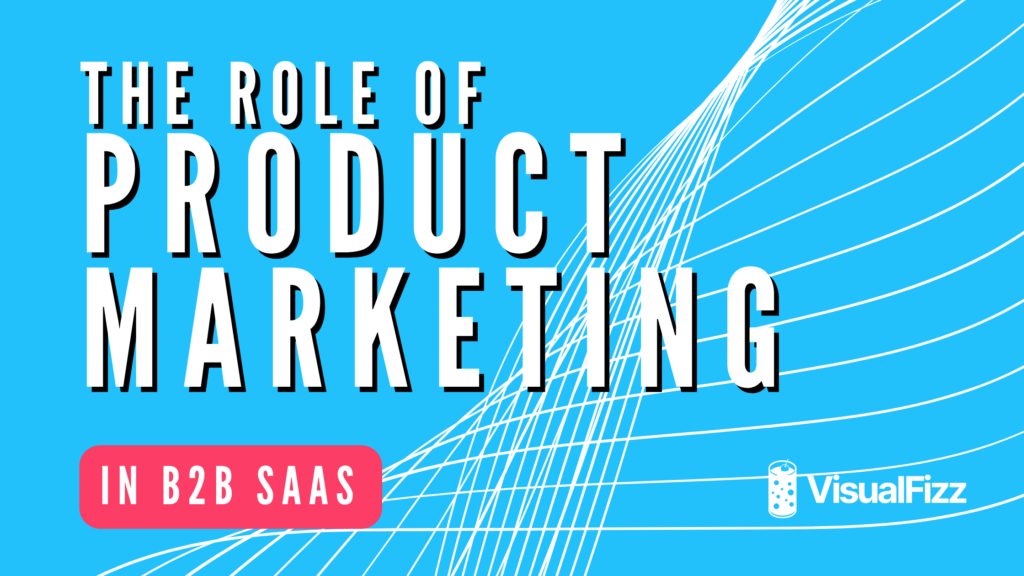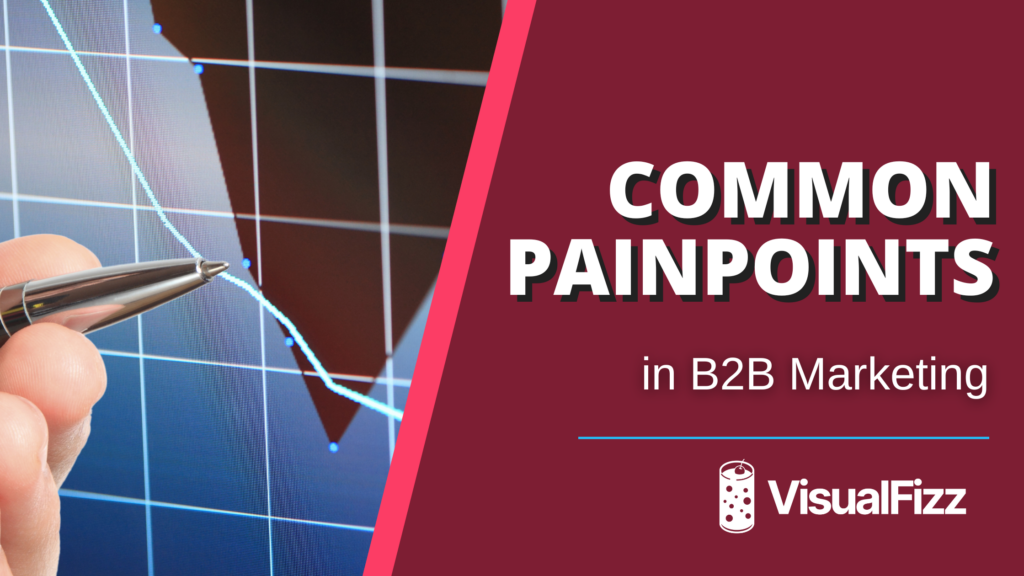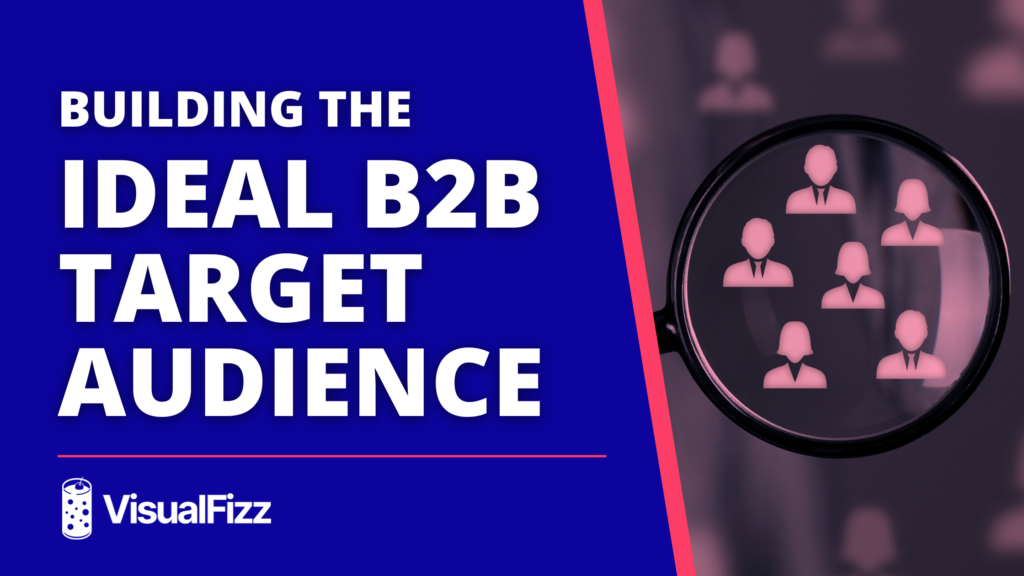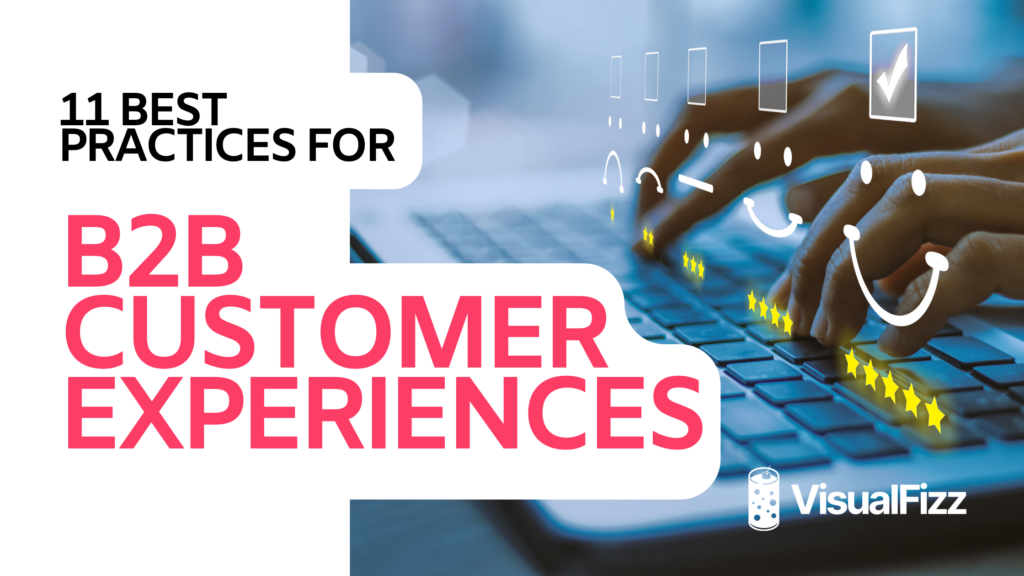
2025 is almost upon us, and customer expectations are at an all-time high.
Whether buyers are interacting with a brand’s website or mobile app, they expect a seamless experience that feels consistent across every touchpoint.
Take, for example, a B2C scenario:
A consumer browsing a retail site on their desktop anticipates the same fluid, intuitive experience when they switch to the brand’s mobile app. Omnichannel consistency is now the standard, and any deviation can leave customers frustrated and disengaged.
According to Lumoa, 80% of B2B customers expect a purchasing journey that mirrors the experience offered to individual consumers in the B2C market.
Offering a seamless customer experience is just as critical in the B2B world, where the stakes are arguably even higher than in B2C transactions.
B2B customers are professionals with tight schedules and long-term business objectives. They need quick, efficient, and seamless interactions when engaging with vendors and service providers. Overlooking the customer experience in B2B can lead to lost opportunities, damaged relationships—and worst of all, a negative impact on brand reputation.
So, how do you level up your B2B customer experience game? Let’s explore how to get inside your B2B customers’ heads, make their experience feel tailor-made, harness tech to “WOW” them, and build connections that stand the test of time.
1. Understand Your B2B Customers’ Needs
Improving the B2B customer experience starts with getting inside your customers’ minds.
B2B buyers often deal with pressures far beyond a simple purchase—they’re navigating complex buying processes, organizational challenges, and even internal disruptions that add layers of stress to their decision-making.
That’s why you need to make their experience as stress-free as possible.
As a business, it’s crucial to recognize these pressures and frame your value proposition in a way that directly speaks to their unique challenges. By addressing their needs instead of just touting your product’s capabilities, you can position yourself as a trusted partner rather than just another vendor.
One effective way to connect with B2B buyers is by creating digital content that resonates with their specific pain points. Educational resources, peer benchmarking data, and insightful case studies can provide B2B buyers with the context and confidence they need to engage with your brand.
Gartner says that B2B buyers are 1.8 times more likely to say “yes” to a deal when they have access to supplier-provided digital tools in collaboration with a sales rep.
By providing valuable, need-based content, you help them see the bigger picture and drive more informed, confident buying decisions.
2. Leverage Recent, High-Quality Customer Data
Data is a powerful tool for improving B2B experiences. Tools like ZoomInfo can enrich your CRM, helping you map customer journeys and tailor interactions.
The quality and recency of your data are paramount.
People change roles and companies all the time. If your info is more than six months old, it’s probably outdated, making it hard to connect with the right people.
That’s why relying on old tactics, like buying email lists, often leads to irrelevant outreach that feels spammy. By focusing on real-time, verified info, your outreach stays relevant, respectful, and more likely to build meaningful connections.
3. Create Buyer Personas
Buyer personas are essential for creating personalized experiences. Go beyond demographics to explore roles, challenges, and motivators. Ask questions that dig into what drives their decision-making and how your product can help solve key issues.
Use surveys, customer interviews, and internal data to create personas that guide your messaging. Since B2B often involves multiple stakeholders, it’s essential to develop detailed personas for each decision-maker to tailor communication effectively.
4. Tailor Solutions to Your Clients’ Needs
B2B clients expect more than generic solutions—they want offerings that address their specific pain points. By conducting surveys and gathering insights from your sales team, you can create services that demonstrate a deep understanding of their business.
Tailored solutions go beyond product customization. Ideally, you want to align your services with their goals, positioning yourself as a strategic partner invested in their long-term success, and offering more value than competitors.
For example, let’s consider a hypothetical scenario about SaaS company that is developing a software product for insurance agencies.
The company is new to the insurance market, though it has extensive experience in the software space. To create a product that truly meets the needs of insurance agencies, the company begins gathering data from its clients and prospects using its platform.
The sales team asks important questions:
- Why did clients choose their product?
- Why did others decide not to?
- What do customers appreciate about competitors, and what frustrations do they have?
By analyzing this feedback, the company can refine its product to address specific pain points. This strategy allows them to develop a solution that perfectly fits what their target market is looking for, making the product more valuable and competitive.
5. Use Personalized Communication
78% of consumers said personalization makes them more likely to repurchase.
Personalized communication is essential in B2B. Segment your email campaigns based on criteria like industry or role, so you can craft messages that address specific pain points and engage decision-makers more effectively.
Go beyond addressing clients by name. Tailor emails to their unique challenges, providing relevant updates and personalized content. That’s the key to making your marketing campaigns feel personal, even if you’re delivering them at scale.
This builds stronger connections, increasing engagement and the likelihood of conversion.
6. Offer Products or Services at Multiple Price Points
In B2B, one-size-fits-all pricing simply doesn’t work.
If you only offer products or services at one price point, you’re pigeonholing yourself to serve one small piece of the market.
It helps to have an offer ladder so you can meet your clients where they are and cater to businesses with both large and small budgets.
- Your smaller offers should require fewer resources on your part, so you’re not over-delivering and undercharging.
- Your most expensive offers should be more resource-intensive than the less expensive ones, allowing you to provide a higher level of service to those clients who pay more.
All in all, you want to think about the different ways you can package your offers, products, or services to serve different price points effectively.
7. Implement AI and Automation
AI and automation streamline processes and improve customer experiences. AI-powered chatbots can handle routine tasks, freeing up your team for high-value interactions, while predictive analytics help anticipate and meet customer needs.
While there are ethical and unethical ways to use these technologies, it’s crucial that you jump on this train to stay competitive. Your biggest competitors are already automating many tasks and significantly cutting costs, so you must do the same to maintain your market position.
Depending on your industry, you’ll find various ways to implement AI and automation. For instance, if you’re using Salesforce, you can leverage its built-in Einstein AI. Many marketing automation platforms also offer integrated AI tools.
Your goal should be to use these technologies to create a more seamless customer experience, guiding clients through the buyer journey efficiently. Instead of relying solely on manual follow-ups from sales reps, you can streamline processes while still maintaining a personal touch.
8. Use CRM Systems to Track and Organize Data for Seamless Engagement
Your CRM serves as a central hub for all your customer data, acting as a single source of truth for your organization. It records changes to customer profiles in real time, making it an invaluable tool for launching targeted marketing automation campaigns.
With rich, up-to-date data in your CRM, you can create highly personalized email campaigns using smart content or other platform-specific personalization features.
By leveraging this detailed information, you can craft messages that resonate with each recipient on a personal level. This level of personalization can significantly improve your email engagement rates and overall marketing effectiveness.
Given the critical role your CRM plays in enabling these personalized marketing efforts, it’s crucial to prioritize data cleansing and maintenance.
Regularly updating and verifying the information in your CRM ensures that your marketing campaigns are based on accurate, helpful, and current data.
9. Adopt Omnichannel Support
Adopting an omnichannel support strategy allows you to provide a consistent and integrated customer experience, whether customers are engaging with your business via email, phone, social media, or in person.
Here’s an example:
If a customer initiates contact via live chat on your website and later follows up through email, omnichannel support ensures that the entire conversation history is readily available to the support team. This continuity enhances the customer’s experience by reducing friction and eliminating the need to repeat information.
Omnichannel support is especially valuable in B2B settings, where long-term client relationships and detailed, complex interactions are the norm. Consistency across communication channels helps build trust and fosters a sense of reliability in your brand.
By ensuring that all your channels work in harmony, you can create a more cohesive customer journey, enhance client satisfaction, and improve retention.
10. Provide Excellent Post-Purchase Support
Your job doesn’t end once the deal is closed. In fact, providing excellent post-purchase support is essential for retaining clients and fostering long-term relationships.
Proactive post-purchase engagement shows that you’re committed to your clients’ success even after the sale is made.
Offering resources like how-to guides, video tutorials, and a comprehensive FAQ section empowers your clients to solve issues on their own, reducing their reliance on your support team for minor concerns.
However, for more complex issues, make sure your team is readily available to offer dedicated support. Regularly checking in with clients—whether through scheduled follow-ups or satisfaction surveys—demonstrates that you’re invested in their ongoing success.
11. Foster Long-Term Relationships with Loyalty Programs
Building long-term relationships in B2B marketing requires going beyond transactions. Loyalty programs that offer exclusive perks or early access to new products show customers that their business is valued, encouraging repeat purchases.
Regular check-ins and community events can also help maintain strong client relationships. These efforts demonstrate that you’re invested in their ongoing success, which can lead to greater retention and advocacy.
By Improving Your B2B Customer Experience, You’ll Drive Exponential Business Growth
At the end of the day, it’s all about putting your customers first and always looking for ways to add value.
Whether it’s through top-notch support after the sale, rewarding loyalty, or keeping the lines of communication open, the goal is to show your clients that you’re in it for the long haul.
By focusing on these key areas, you’ll be well on your way to creating a B2B customer experience that sets you apart from the competition and paves the way for long-term success.
If you want to take your marketing strategy and customer experience to the next level, contact our experts at VisualFizz for full-service marketing support.
Publishing Date:


